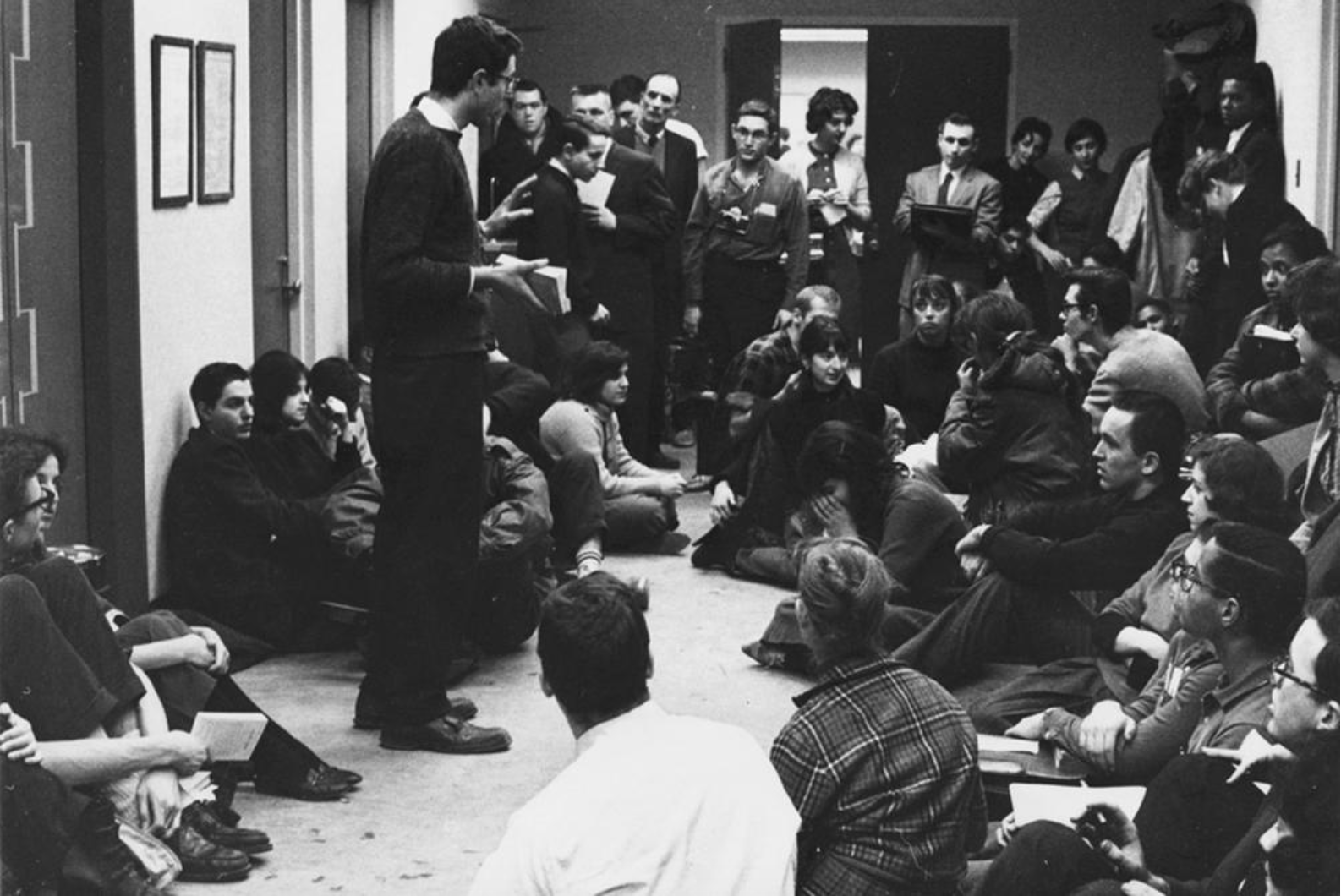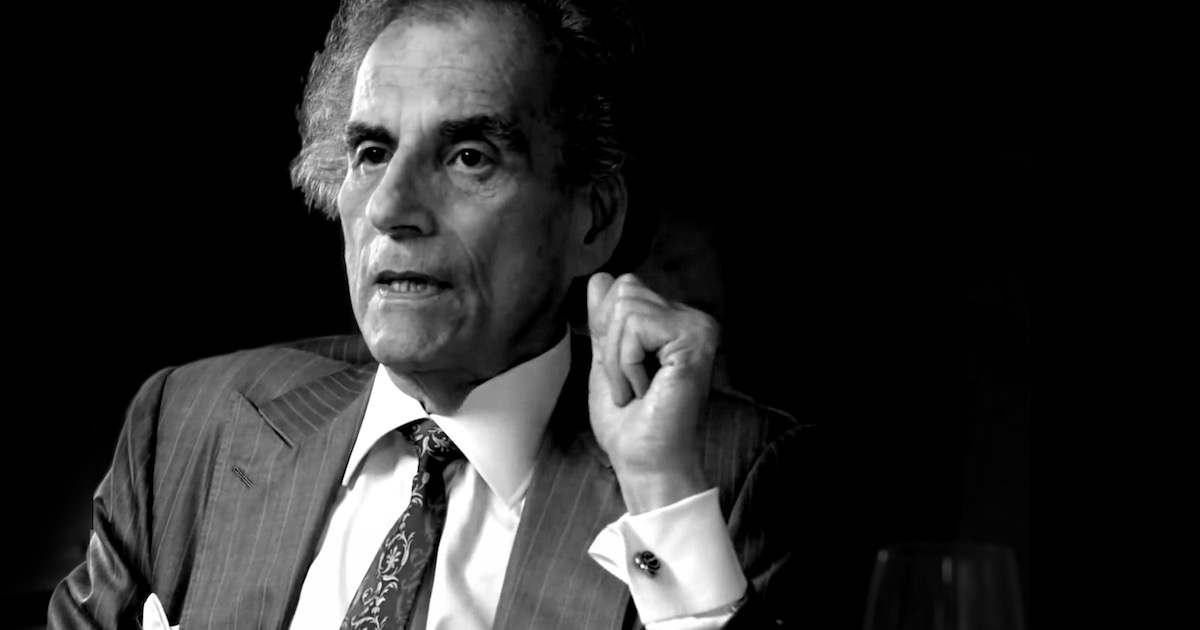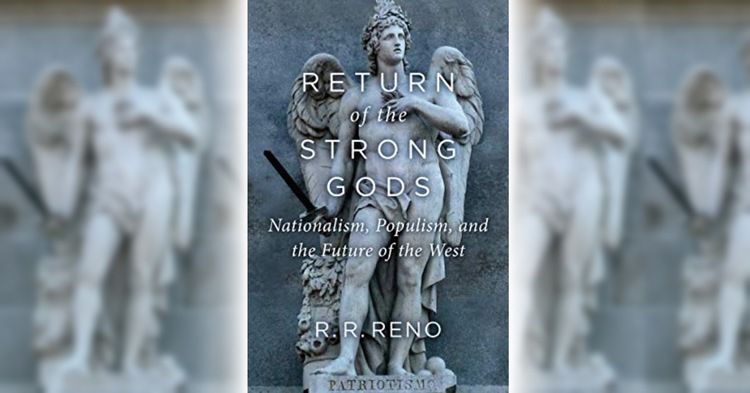
The Age of Entitlement: America Since the Sixties, Christopher Caldwell; Simon & Schuster, 2020, 352 pages
In the minds of a great many Americans, the civil rights movement has been a vital unifying force for their diverse country. Regardless of whether they vote Republican or Democrat, Americans across the political spectrum are united in viewing the black struggle for civil rights as one of the moral foundations of the nation. It stands as proof that peaceful, non-violent activism can bring down longstanding racial barriers and put an end to unjust and exclusionary practices. Even if the United States has not wholly overcome the legacy of slavery and segregation, the marches and sit-ins of the 1950s and ‘60s nevertheless made enormous strides toward reaching this goal; so that today, African Americans are well-represented in leadership positions in politics as well as in the corporate world. Such is the conventional understanding of the significance and the achievements of the protest movement indelibly linked to the martyrdom of its prophet, Martin Luther King Jr.
"With an unflinching rigor Caldwell takes on the pieties that now substitute for thinking and reflection. He has written a book that will be remembered as one which succeeded in capturing the spirit of this dishonest and delusional time."
But nearly fifty-seven years after King’s speech before the crowds gathered on the mall of the capital, and four years after the first black president left office, the country finds itself deeply divided over the issue of race, with increasing numbers of blacks and whites alike noting a marked deterioration in race relations since the beginning of the new century. Anger over the deaths of blacks at the hands of police led to large-scale riots in Ferguson, Missouri as well as in Baltimore, and Milwaukee, bringing back unsettling memories of the wave of riots during the summer of 1968 that put 125 American cities to the flame. Identity politics and the concept of intersectionality, once an idiosyncratic preoccupation of cloistered academics, have made the leap into the mainstream media, where news and even entertainment programs now make routine reference to navel-gazing theoretical formulations that categorize human beings according to their membership in oppressed groups. The elites in the media and in politics have sought to place racism at the forefront of public consciousness, not as a problem to be addressed through mutual understanding, but rather as an evil that must be eliminated by means of the harshest measures. The scourge of white supremacy, according to CNN and other mainstream media outlets, hangs heavy over the land, just a few years after the American people handed the country’s first black president two electoral victories by solid margins. A remark construed as racist can get one fired from a job, as in the case of television star Roseanne Barr, and even to notice that it is possible to lose one’s job over a thoughtless statement is to draw the unrelenting ire of the outrage mob.
Most Americans, regardless of their race, would not blame the worsening of race relations on the civil rights movement. Civil rights, in the majority view, did not seek to overturn American institutions but rather to make them more inclusive. But Christopher Caldwell, in The Age of Entitlement, argues to the contrary that the strife and acrimony tearing apart the United States are the logical and ineluctable consequence of the political movement for racial equality. The gist of his argument is that, whatever its stated aims, the ultimate consequence of the civil rights movement was not to make otherwise enlightened and sound institutions more equal and inclusive. Rather, it gave rise to a second constitution that opposes and seeks to replace the de jure constitution of 1788. Caldwell declares that he is not arguing against efforts to end segregation and other racial barriers as such; instead, he is examining the way in which democracy, in the words of Harry Kalven, the legal scholar who provided an early dissent from the verdict in Brown vs. Board of Education, had become “trapped” in “its own decencies.”
Kalven was not the only prominent figure to express, however cautiously, reservations about the future consequences of the judicial activism by means of which de-segregation was to move forward. The fears voiced by Democratic Florida senator George Smathers, that the Civil Rights legislation of 1964 would lead to large-scale busing of students to attend schools far away from their own neighborhoods, were roundly dismissed as exaggerated. The politicians backing the new law protested that it would not lead to any dramatic changes to American society. They chose as their example a hypothetical widow with a spare room in her house—she would still be free, they insisted, to rent it to whomever she pleased. But for activists, the rights of even the humble and cash-strapped to choose whomever they allowed to live on their property had to be subordinated to the struggle against racial discrimination. The defense of property rights, in their view, was the first refuge of the those clinging to their racial animosities. As Caldwell observes, the act of extending the rights enjoyed by all white Americans to blacks would entail a fundamental alteration of those rights themselves.
Thus, the assurances of the supporters of civil rights that civil rights legislation would leave American institutions and its system of rights intact would over time ring increasingly hollow. In the subsequent decade, busing, originally intended to desegregate public schools in the South, would spread to urban school districts in the Midwest such as Cleveland and Columbus and in northern and southern California. Busing would also serve to widen the class divide, as middle-class whites could afford to transfer their children into private schools while working-class whites like the Irish of Boston engaged in bitter protests for having to bear the burden of the desegregation. But the chief consequence of civil rights was to award the state the right to exercise arbitrary power. That such arbitrary power was to be employed in the pursuit of a cause that sought to redeem the nation from its original sin of slavery had the effect of putting on the defensive those who opposed such an unprecedented expansion of state power. The fear of being called racist had the power to intimidate and neutralize even those whose sole motivation was to defend the rights of the individual citizen against the expansion of state power. In Griggs v. Duke Power Co. (1971), which forbade the use of aptitude tests by private companies if the results were seen as unfavorable to blacks, the Supreme Court made it possible for the government to take action against racial discrimination even in the absence of any clear racist intent.
The intractable problems which currently afflict the United States—not only the worsening of race relations but also the massive increase in the national debt—have their origin in the changes to the “constitutional culture” brought about by civil rights. There is something shockingly totalistic about this assertion, but Caldwell is unnervingly persuasive in arguing for it. The reader receives from him a convincing explanation for how we have arrived at a situation where every aspect of our culture is relentlessly scoured for evidence of the country’s enduring, deeply-rooted, and likely ineradicable racism. One could say that he is in fundamental agreement with the “woke” identitarians that everything of import in American politics and culture concerns race. Civil rights, he soberly notes, “had been intended to normalize American culture and cure the gothic paranoia of the Southern racial imagination,” but it “had instead wound up nationalizing Southerners’ obsession with race and violence.”
Yet where race-conscious progressives decry a slippery slope in which the slightest objection to their contradictory and incoherent politics of rage lead right back to segregation and white supremacy, Caldwell instead sees an ever-deeper plunge into denial and delusion brought on by the chronic failure of massive government interventions to achieve the long-desired goal of racial equality. If civil rights has pushed the United States into an authoritarian direction, much of the coercion today is now applied toward pressuring people from noticing the myriad ways in which the diversity agenda has not only fallen short of its aims, but decidedly worsened many aspects of life for non-elite Americans. It is for the sake of maintaining affirmative action and other race-based social programs that the country’s political class developed the habit of kicking every hard question, fiscal or otherwise, down the road. It became imperative, in the existence of massive government spending on programs that were both costly and unpopular, to satisfy the majority with low employment, constantly improving standards of living, and a steady rise in home values.
Such an arrangement, which has required soaring levels of deficit spending, had already begun to unravel when it suffered a near-fatal shock with the 2008 financial crisis, when a wave of defaults in the subprime mortgage market brought the global economy to its knees. Leftists have drawn attention to the fact that the bailouts of the banks that had purchased these failing assets amounted to a giant transfer of wealth from lower middle-class blacks and Latinos into the major financial institutions. Drawing on the work of economist Raghuram Rajan, Caldwell observes that the mortgage meltdown was preceded by the abandonment of long-established practices by lenders, who feared that looking too carefully into the creditworthiness of a borrower would lead them to violate anti-discrimination laws.
Caldwell may strike many readers as overreaching by identifying race, or rather the attempts by the government to overcome racial disparities, as the primary cause of America’s massive increase in debt. The Pentagon, notorious for its overpriced weapons systems and cost overruns for even simple tools like hammers, has long been the most profligate of government agencies. But in symbolic terms, the belief of the nation’s progressive elites that they hold an enlightened attitude towards race that is lacking among the ordinary white citizens they govern, has become the emblem and crest signifying their right to rule. The progressive elite came to view the accusation of racism as the maneuver that could enable them to prevail in any dispute, the one card that could trump the hands held by their critics and opponents no matter how strong, cowing them into a humiliated silence or even depriving them of their occupations. Still, such a climate of threats and intimidation did not prove conducive to winning over the unconverted to progressive views on race. Instead, it made open discussion about an ever-increasing range of issues impossible, and drove dissent underground. By the time of the 2016 election, the fear of speaking out on vital issues, even in passing conversation, served to render the political mood of the country “unreadable,” resulting in polls that up until the very night of the election pointed to a surefire victory for Hillary Clinton.
A democracy where citizens are too frightened to discuss important questions about their common affairs cannot be considered a genuine democracy. The alternative constitution foisted on the country by civil rights became entrenched through executive orders, lawsuits, and other means in which citizens had little or no say. But the civil rights, for all its attempts to remake American society, has had little success in building new institutions. Instead, it provided the template for other groups with grievances—LGBT, immigrants, feminists—to break down traditional institutions in the name of social justice. For liberals and progressives, the civil rights movement represents the sole unambiguously positive moment of American history, which is otherwise an unremitting nightmare marked by slavery, genocide, and imperialism, all for the sake of upholding the privileges of white men. It is thus not surprising that they would come to regard it as having an unsurpassable moral power that only those filled with hatred would have to temerity to deny.
But though Caldwell offers a bracingly convincing account of how democracy came to be sacrificed for the sake of racial equality, the question remains: How is the nation to move forward from his conclusions? Could one not raise the point that civil rights, however destructive its political means, nevertheless provided a national myth that encouraged the desire for racial reconciliation? If civil rights forced the United States to throw out the baby of the nation’s constitution with the bathwater of racial discrimination, might we be facing a similar risk in throwing out the desire for racial harmony and mutual understanding with breaking from decades of failed social programs and increasing state authoritarianism? As the child of immigrants, I had always felt that the narrative of civil rights, with its courageous protests and heroic martyrs, serves to limit the tensions between different racial and ethnic groups, that it influenced the society in the direction of compassion and understanding, that it gave Americans of all backgrounds and walks of life a reminder to be patient with and to try to understand one another.
Could such goodwill be sustained through other means? Faith in Christianity, though it has become a bugbear in the eyes of the progressive elite, could serve to unify people across racial lines. And great economic shifts may cause changes in society in which the current fixation on race gives way to one centered on class. Caldwell’s book—which may be the bravest yet written by a member of the conservative intellectual establishment, drawing as it does on arguments that would be familiar to readers of Paul Gottfried, James Kalb, and Peter Brimelow—will certainly widen the parameters of debate so that the country can at last begin to confront the problems which it has for so long denied. With an unflinching rigor Caldwell takes on the pieties that now substitute for thinking and reflection. He has written a book that will be remembered as one which succeeded in capturing the spirit of this dishonest and delusional time.

